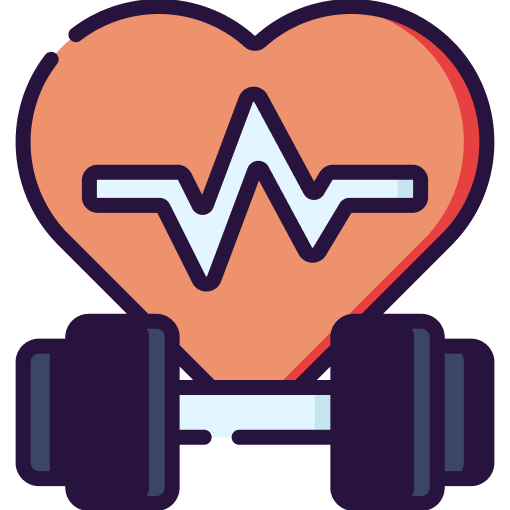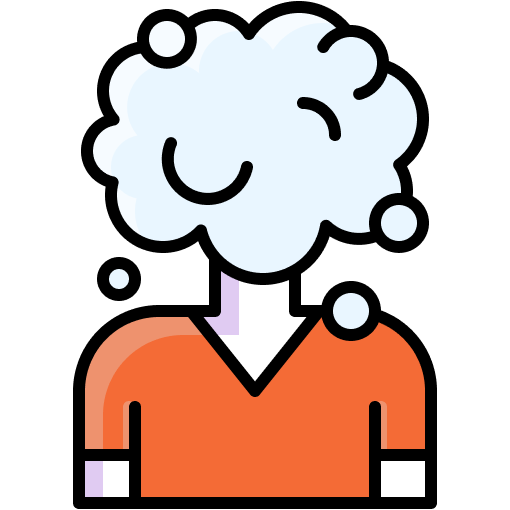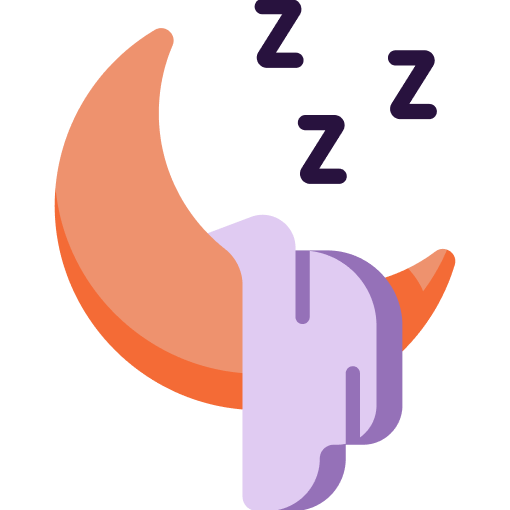Self-Harm
Understanding, Treatment & Support
What is Self-Harm?
Self-harm is often used as a temporary relief from intense emotions, but it is not a healthy or sustainable way to cope. Over time, self-harm can lead to physical injury, emotional isolation, and feelings of shame. It’s important to recognize that self-harm is a signal of underlying emotional distress, and with the right support, individuals can learn to manage these feelings in safer, healthier ways.
Why Do People Engage in Self-Harm?
Self-harm is typically not a suicidal act, though it can sometimes be linked to suicidal thoughts. Instead, it is often used as a coping mechanism for a variety of emotional and psychological reasons, including:
Feel control
Release emotional pain
Feel something
Express anger or frustration
Punish oneself
Symptoms of Self-Harm
If you or someone you know is engaging in self-harm, it’s important to seek help. Self-harm is a signal that emotional support is needed, and with the right therapeutic interventions, individuals can find healthier ways to cope with their feelings.
Self-harm can be difficult to recognize, as many individuals go to great lengths to hide their behavior. However, common signs include:
Unexplained cuts, burns, bruises, or scars
Frequent wearing of long sleeves or pants
Isolation and withdrawal
Keeping sharp objects
Mood swings or emotional instability
The emotional distress that leads to self-harm often presents as intense mood swings, anxiety, or depression.
The Impact of Self-Harm
While self-harm might provide temporary relief, it can have serious long-term consequences. Physically, repeated self-injury can lead to infections, scarring, and permanent tissue damage. Emotionally, self-harm often creates feelings of guilt, shame, and isolation, making it harder to break the cycle.
Additionally, while self-harm is not typically a suicide attempt, individuals who engage in self-harm may be at increased risk of suicidal ideation or attempts. Recognizing the emotional pain behind the behavior and seeking appropriate therapy is key to breaking the cycle of self-harm.
Treatment for Self-Harm
Psychotherapy (Talk Therapy)

IFS (Internal Family Systems)

EMDR
For individuals whose self-harm is linked to trauma, EMDR can help process and heal painful memories, reducing the need for self-injury as a coping strategy.

DBT

CBT

ACT
Developing Healthier Coping Strategies

Mindfulness & relaxation techniques
Learning to stay present and manage overwhelming emotions can reduce the urge to self-harm.

Creative outlets
Expressing feelings through art, writing, or other creative activities can provide relief without causing harm.

Physical activity
Exercise is a healthy way to release pent-up emotions and reduce stress.

Distraction techniques
Learning to delay the urge to self-harm by engaging in safe, alternative activities can break the cycle.
Safety Planning
Medication Management
While medication is not a primary treatment for self-harm, it can sometimes be helpful in managing underlying conditions like depression, anxiety, or impulsivity that contribute to the behavior. In such cases, collaboration with a psychiatrist ensures that medication is used effectively and safely as part of a broader treatment plan.
Lifestyle Changes and Self-Care

Establishing a regular sleep schedule
Restful sleep is essential for emotional regulation.

Incorporating mindfulness practices
Staying grounded can help individuals manage overwhelming urges.


